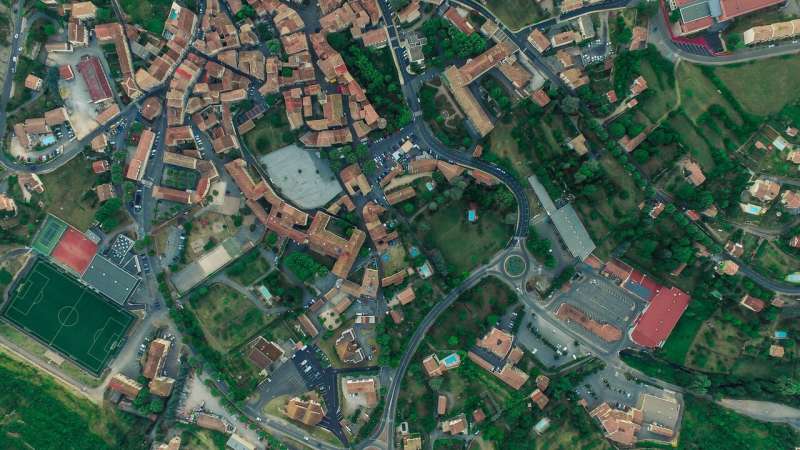
JUNE 9, 2021 by University of Oulu
Collected at: https://techxplore.com/news/2021-06-urban-solution-physical-inactivity.html?utm_source=nwletter&utm_medium=email&utm_campaign=daily-nwletter
Urban and transportation planning influence population-level physical activity, a recently published doctoral dissertation shows. Increases in community structure density, mixed land use, and access networks were associated with increased walking and cycling and decreased car use.
The doctoral thesis by Mikko Kärmeniemi, M.Sc. was conducted at the University of Oulu and the ODL Department of Sports and Exercise Medicine. The study aimed to examine the longitudinal effects of changes in residential environment and municipal policies on citizens’ regular walking and cycling and transportation mode choices. In addition to an extensive literature review, the present study utilized the unique Northern Finland Birth Cohort 1966 data from 31 to 46 years of age. The local land use and transportation policies of the city of Oulu were compared to urban form and transportation modal share development during the period 1998‒2016 using the Finnish National Travel Survey data.
Based on international literature increases in community structure density, mixed land use, and access networks were associated with increased walking and cycling and decreased car use. Northern Finland Birth Cohort 1966 participants relocated more often to less dense and diverse neighborhoods. Those who relocated to the most urban neighborhoods more often started both regular cycling and walking. In the city of Oulu, community structure did not develop entirely according to related policies, and goals to increase active transportation modal share were not achieved. “This might be due to the fact that the city was simultaneously building more capacity for cars, and also possibly due to an inadequate functional mix outside the city center and increased urban sprawl,” Kärmeniemi says.
The health benefits of physical activity are indisputable, but physical inactivity remains a global public health concern. There is a need to design cities that support active transportation because the built environment is a major contributor to physical inactivity. Changing how urban form is developed seems a promising strategy for increasing population physical activity by inducing demand for active modes of transportation. Designing dense, compact, and diverse neighborhoods and investing more in active transportation infrastructure require strong political leadership and are important factors in adopting an active lifestyle that could reduce the global disease burden caused by physical inactivity.
More information: The built environment as a determinant of physical activity : longitudinal associations between neighborhood characteristics, urban planning processes, and physical activity: jultika.oulu.fi/Record/isbn978-952-62-2954-6
Provided by University of Oulu
